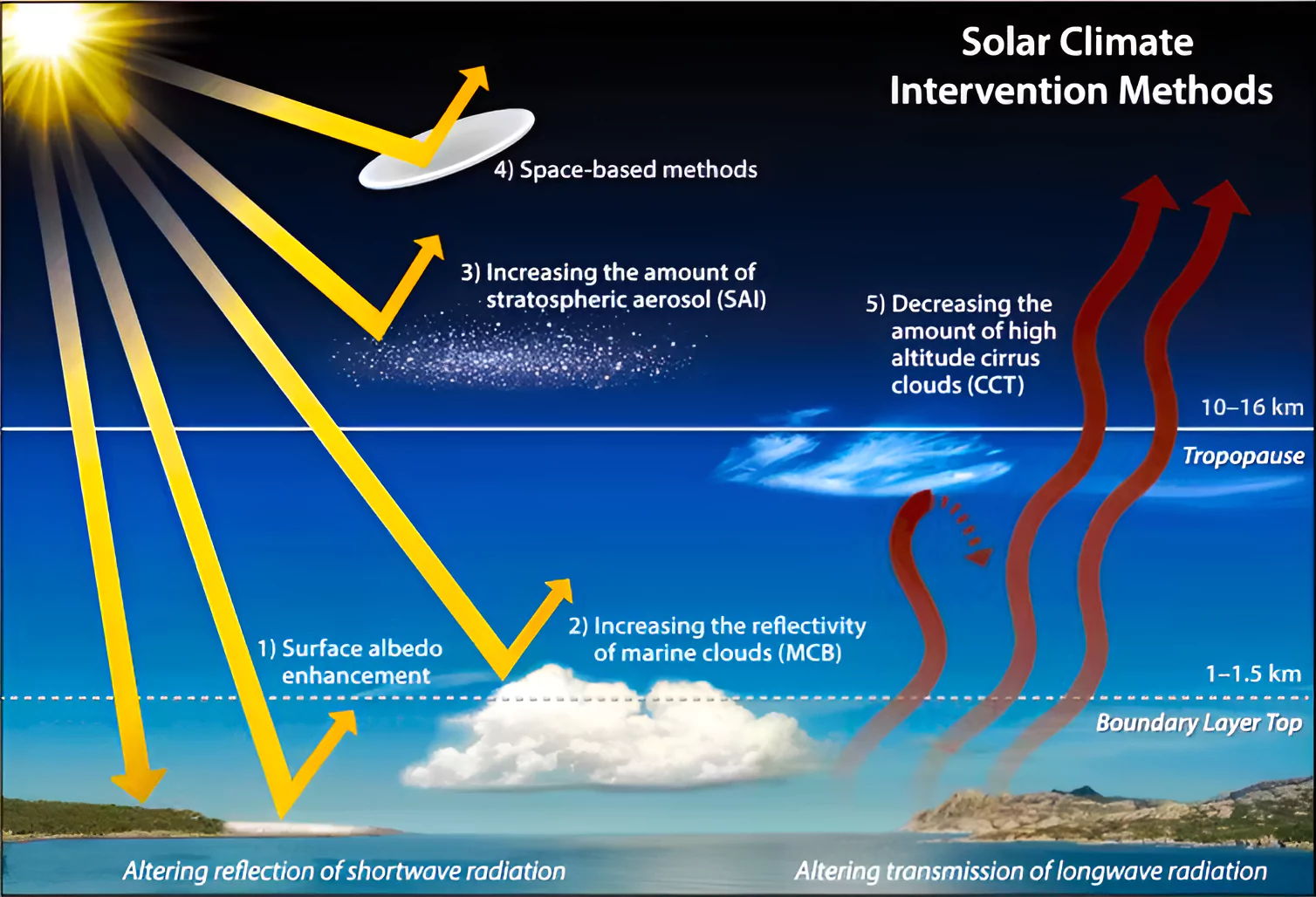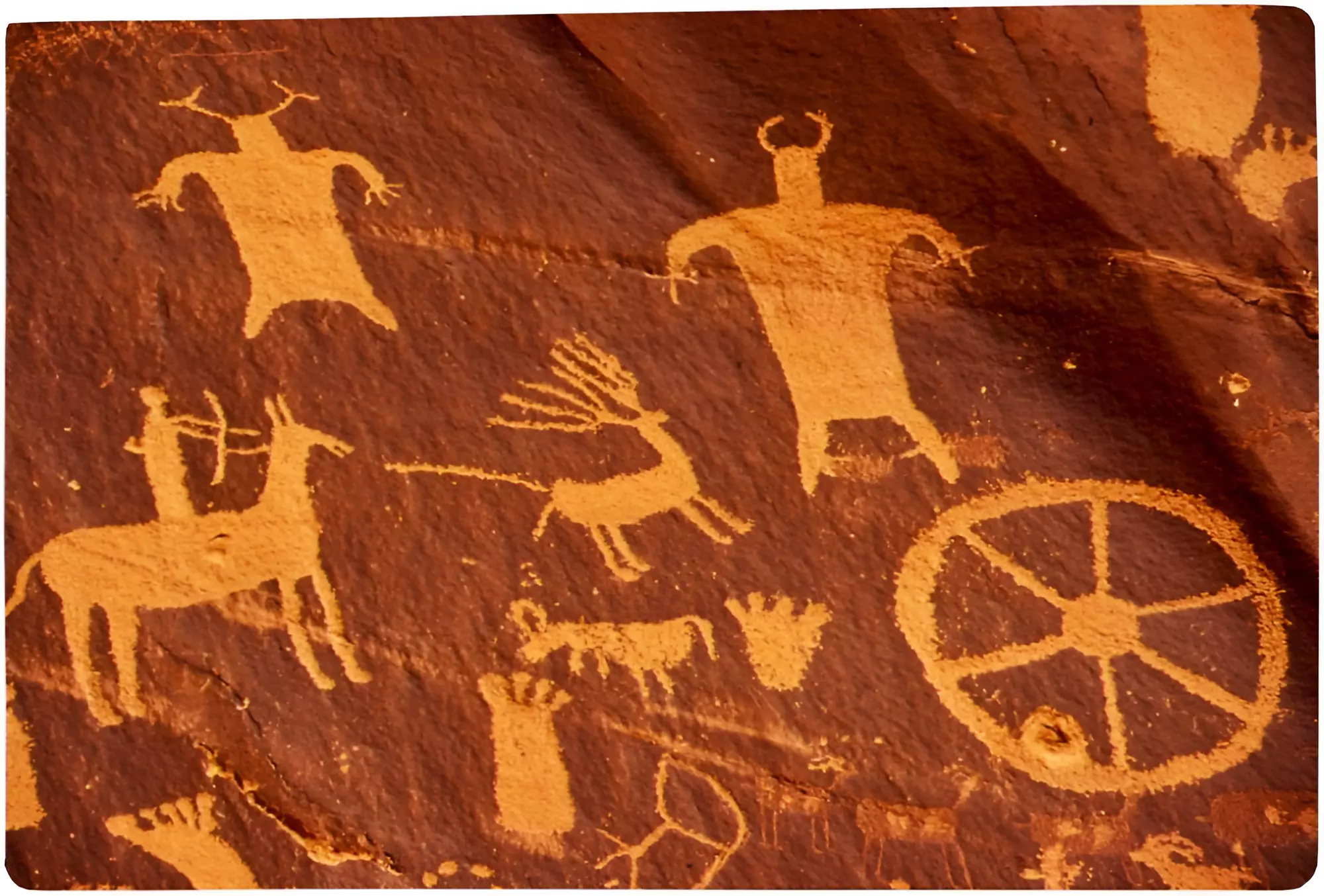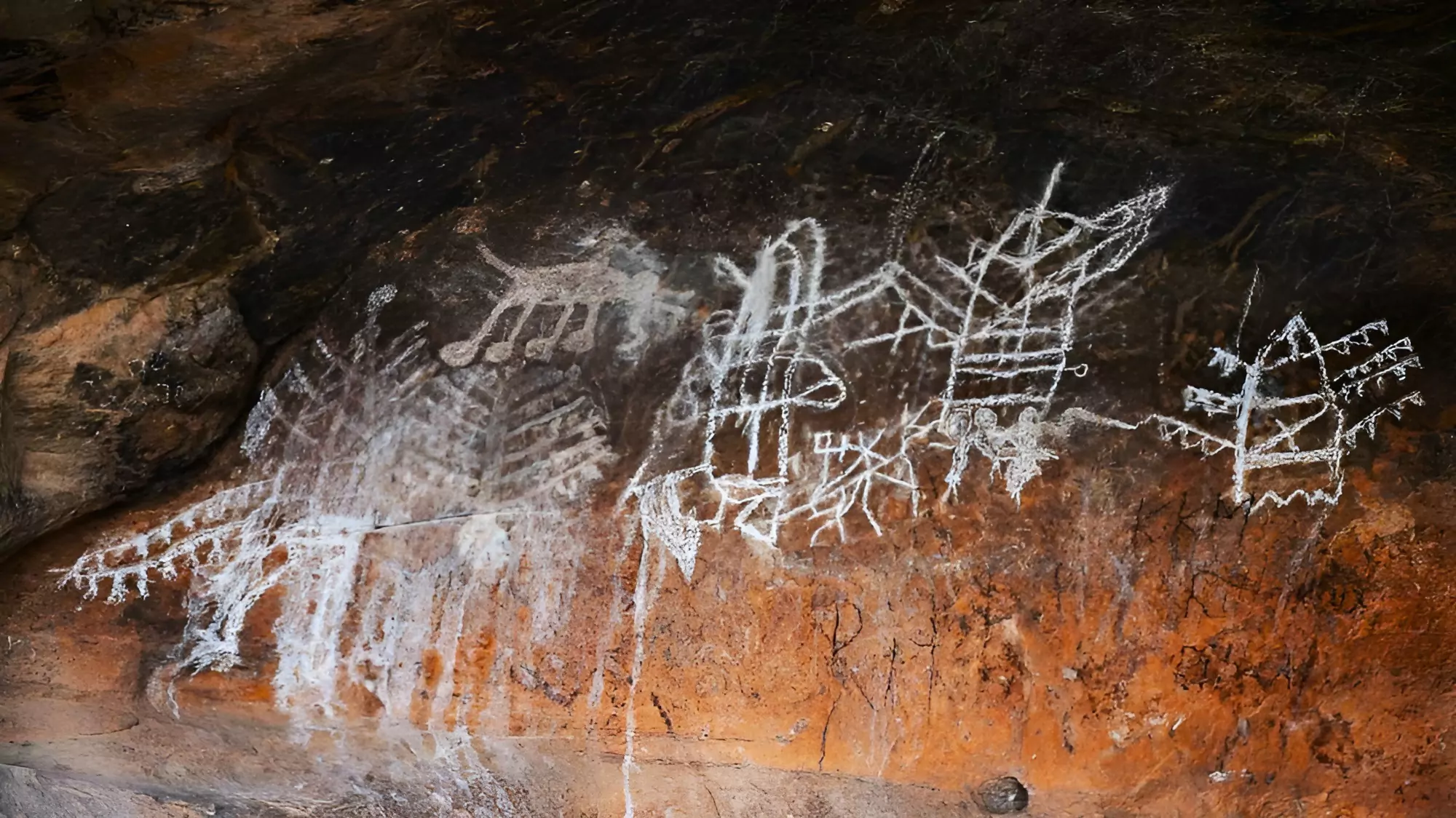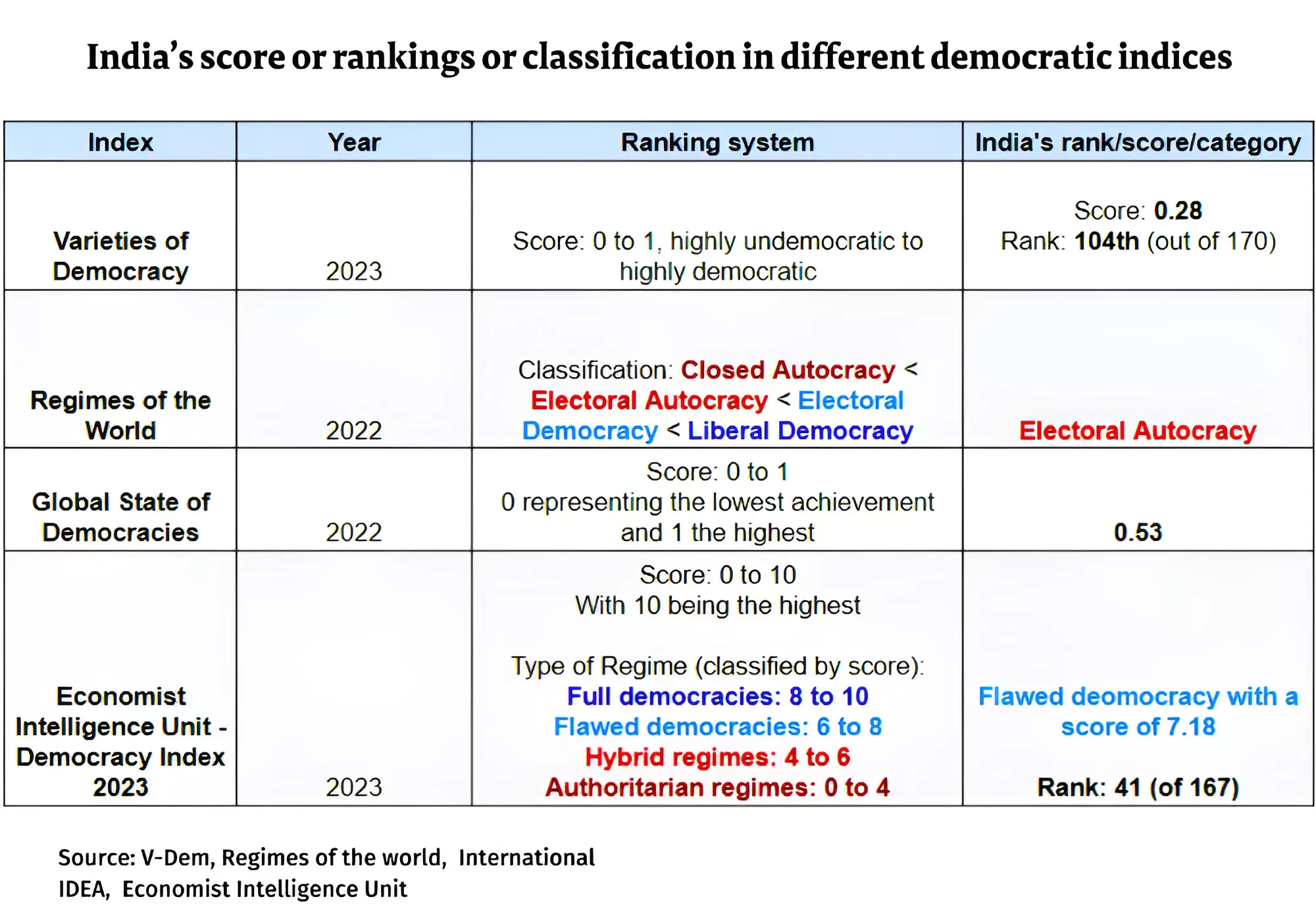Recently, the Reserve Bank of India (RBI) has turned down the request from small finance banks (SFB) to drop the “small finance” tag from their name.
| Must Read | |
| NCERT Notes For UPSC | UPSC Daily Current Affairs |
| UPSC Blogs | UPSC Daily Editorials |
| Daily Current Affairs Quiz | Daily Main Answer Writing |
| UPSC Mains Previous Year Papers | UPSC Test Series 2024 |
Recently, India abstained on a resolution at the Human Rights Council that called on Israel for an immediate ceasefire in Gaza.
| Must Read | |
| NCERT Notes For UPSC | UPSC Daily Current Affairs |
| UPSC Blogs | UPSC Daily Editorials |
| Daily Current Affairs Quiz | Daily Main Answer Writing |
| UPSC Mains Previous Year Papers | UPSC Test Series 2024 |
Recently, India has achieved its target of eliminating visceral leishmaniasis, commonly known as kala-azar, according to data from the National Centre for Vector Borne Diseases Control (NCVBDC).

| Must Read | |
| NCERT Notes For UPSC | UPSC Daily Current Affairs |
| UPSC Blogs | UPSC Daily Editorials |
| Daily Current Affairs Quiz | Daily Main Answer Writing |
| UPSC Mains Previous Year Papers | UPSC Test Series 2024 |
The Reserve Bank of India (RBI) proposed to make CBDC-R (Retail Digital Rupee) accessible to a broader population by allowing non-bank payment system operators to offer CBDC wallets.
Non-bank payment system operators (PSOs)
|
|---|
| Must Read | |
| NCERT Notes For UPSC | UPSC Daily Current Affairs |
| UPSC Blogs | UPSC Daily Editorials |
| Daily Current Affairs Quiz | Daily Main Answer Writing |
| UPSC Mains Previous Year Papers | UPSC Test Series 2024 |
RBI, in its monetary policy committee (MPC) meeting, made a series of announcements proposing to introduce specific measures ranging from expanding the UPI network to increased participation in SGrBs, etc.
Prepaid Payment Instruments (PPIs):
|
|---|
| Must Read | |
| NCERT Notes For UPSC | UPSC Daily Current Affairs |
| UPSC Blogs | UPSC Daily Editorials |
| Daily Current Affairs Quiz | Daily Main Answer Writing |
| UPSC Mains Previous Year Papers | UPSC Test Series 2024 |
Recently, the White House has asked NASA to establish a unified time standard for the moon and other celestial bodies, hoping to impose international regulations in space as part of a competitive lunar race.
Developing a Unified Time Standard for the Moon will require international collaboration. TI -Artemis Accords, an agreement signed by multiple nations, provides a peaceful and cooperative space exploration framework. NASA will work with international partners to define and implement LTC, harmonizing lunar activities globally.
| Must Read | |
| NCERT Notes For UPSC | UPSC Daily Current Affairs |
| UPSC Blogs | UPSC Daily Editorials |
| Daily Current Affairs Quiz | Daily Main Answer Writing |
| UPSC Mains Previous Year Papers | UPSC Test Series 2024 |
A new study published in The Lancet, the study reported global life expectancy increases by 6.2 years from 1990 to 2021.
Life Expectancy:
Mortality Rate:
|
|---|
There are various reasons behind Gain in Life Expectancy
| Reason | Years Gained |
| Reduction in Deaths from Enteric Infections | 1-1.5 years |
| Reduction in Deaths from Lower Respiratory Infections | 0.9 years |
| Reduction in Deaths from Chronic Obstructive Pulmonary Disease | 0.5 years |
|
|
| Must Read | |
| NCERT Notes For UPSC | UPSC Daily Current Affairs |
| UPSC Blogs | UPSC Daily Editorials |
| Daily Current Affairs Quiz | Daily Main Answer Writing |
| UPSC Mains Previous Year Papers | UPSC Test Series 2024 |
Recently, Researchers at the CSIR-National Institute of Oceanography discovered 50,000-year-old magnetic fossils in the Bay of Bengal.

Prokaryotes
|
|---|
| Must Read | |
| NCERT Notes For UPSC | UPSC Daily Current Affairs |
| UPSC Blogs | UPSC Daily Editorials |
| Daily Current Affairs Quiz | Daily Main Answer Writing |
| UPSC Mains Previous Year Papers | UPSC Test Series 2024 |
Climate engineering is expected to be cheap relative to the cost of ending greenhouse gas emissions, however, it is not oblivious to risks.
 Humans are putting over 37 billion tons of carbon dioxide into the atmosphere annually and pulling only about 2 billion tons (0.1%) of carbon dioxide out of the atmosphere yearly.
Humans are putting over 37 billion tons of carbon dioxide into the atmosphere annually and pulling only about 2 billion tons (0.1%) of carbon dioxide out of the atmosphere yearly.
| Must Read | |
| NCERT Notes For UPSC | UPSC Daily Current Affairs |
| UPSC Blogs | UPSC Daily Editorials |
| Daily Current Affairs Quiz | Daily Main Answer Writing |
| UPSC Mains Previous Year Papers | UPSC Test Series 2024 |
Miscreants have damaged the Kumittipathi Rock Paintings in the cave at Kumittipathi, a village near Coimbatore, Tamil Nadu.


| Must Read | |
| NCERT Notes For UPSC | UPSC Daily Current Affairs |
| UPSC Blogs | UPSC Daily Editorials |
| Daily Current Affairs Quiz | Daily Main Answer Writing |
| UPSC Mains Previous Year Papers | UPSC Test Series 2024 |
Recently, the Indian Government virtually launched one of the “Experimental Licence modules for 100 5G Labs” during a 5G workshop at IIT Madras.
| About 5G: 5G, or fifth generation, is the latest upgrade in the long-term evolution (LTE) mobile broadband networks. It mainly works in three bands: low, mid, and high-frequency spectrum. |
|---|
| Must Read | |
| NCERT Notes For UPSC | UPSC Daily Current Affairs |
| UPSC Blogs | UPSC Daily Editorials |
| Daily Current Affairs Quiz | Daily Main Answer Writing |
| UPSC Mains Previous Year Papers | UPSC Test Series 2024 |
In recent years, global indices measuring democracy have downgraded India’s democratic standing, which the Indian government has refuted. The government now plans to release its democracy index.
| Autocracy: It is a system of government in which absolute power is held by the ruler, known as an autocrat. |
|---|
| Relevance For Prelims: Democracy Report 2024, Indian Democracy, Indian Constitution: Democracy, Rights & Diversity, Intra Party Democracy In Indian, Election Commission Of India, Model Code Of Conduct (MCC) For 2024 Lok Sabha Election, and Central Vigilance Commission (CVC).
Relevance For Mains: Challenges and Issues with Indian Democracy. |
|---|

Global Democracy Indices
|
|---|
Possible Approaches that India Can Follow on the Global Democracy Indices
|
|---|
Various Supreme Court Judgements associated with Indian Democracy
|
|---|
| Prelims PYQ (2021):
We adopted parliamentary democracy based on the British model, but how does our model differ from that model? 1. As regards legislation, the British Parliament is supreme or sovereign but in India, the power of the Parliament to legislate is limited. 2. In India, matters related to the constitutionality of the Amendment of an Act of the Parliament are referred to the Constitution Bench by the Supreme Court. Select the correct answer using the code given below. (a) 1 only (b) 2 only (c) Both 1 and 2 (d) Neither 1 nor 2 Ans: (c) |
|---|
| Mains Question: Discuss the significance of the separation of powers for India’s democracy. Point out the provisions in the Indian Constitution that embody this principle. (10 Marks, 150 Words) |
|---|
| Must Read | |
| NCERT Notes For UPSC | UPSC Daily Current Affairs |
| UPSC Blogs | UPSC Daily Editorials |
| Daily Current Affairs Quiz | Daily Main Answer Writing |
| UPSC Mains Previous Year Papers | UPSC Test Series 2024 |
<div class="new-fform">
</div>
